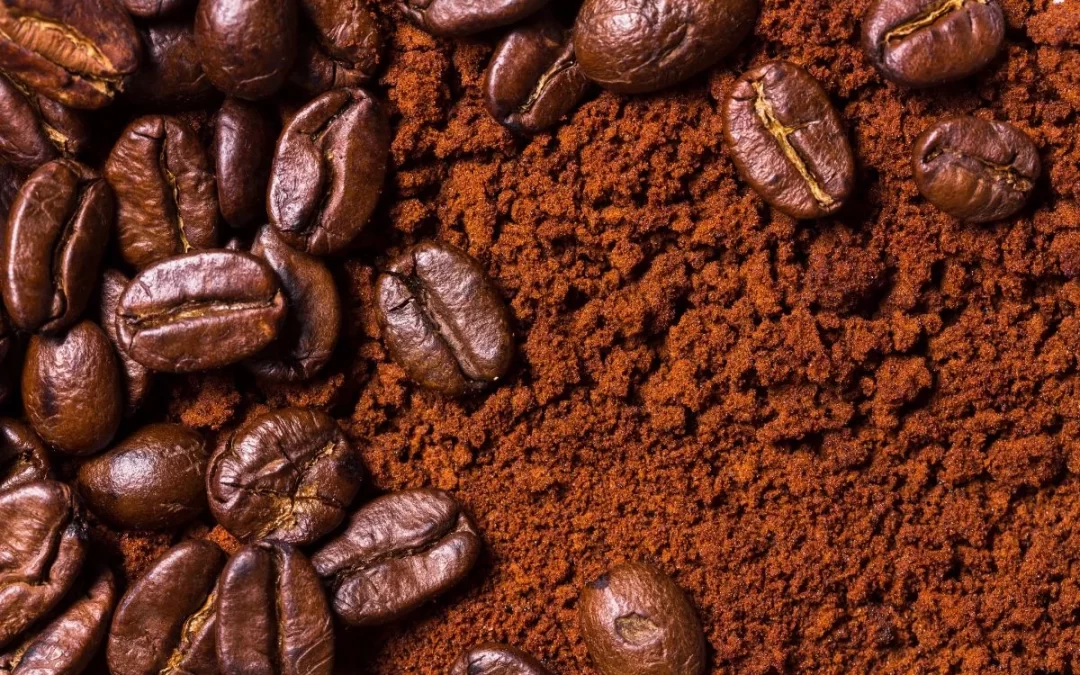Low stocks and reduced supply, due to climate factors, should continue to push prices to new historical levels in the coming months
Losses due to climate, reduced stocks and strong demand: these are the factors that have dictated the behavior of coffee prices in the domestic and foreign markets.
In the accumulated total for January, the price of a 60kg bag of Arabica beans increased by 12.44%, averaging R$2,506.02 at the end of the month. This is the highest level recorded in the historical series, which began in 1966. Exactly one year ago, the same bag was worth R$1,018.13, that is, the annual increase reaches almost 150%.
The same scenario is repeated for the conilon type bean, historically traded at lower levels, but which surpassed the price of arabica for the first time in history in 2024. The average price per bag reached R$2,088.44 at the end of January, with gains of 13.96%. Hedgepoint’s coffee market intelligence analyst, Laleska Moda, explains that the scenario observed today is a reflection of a history of crop failures and insufficient production in the main producing countries. According to Moda, the losses began in 2021, with a strong drop in the Brazilian harvest due to frosts that hit the plantations. Since then, the recovery in production has been limited by adverse conditions, including periods of drought and high temperatures. “We can say that the peak was in 2023/2024. What happened? At the same time that Brazil was gradually recovering, it was also experiencing climate problems. Furthermore, we had a very serious problem in Vietnam and Indonesia, which are the largest producers of robusta. This led to a sharp reduction in robusta production in 2023 and early 2024, which was noticed by the market, since this coffee is widely used in instant coffee […]. As a result, robusta prices began to rise significantly,” Moda recalls.
As supply decreases, demand for the bean increases, forcing consumer countries to reduce their stocks. “Normally, we have a crop with a shortfall, but then there is a recovery. This helps to balance the situation. The problem, however, is low stocks,” points out the Hedgepoint analyst, highlighting that production has been below demand for about four harvests.
Laleska emphasizes that, although Colombia, the third largest coffee producing nation, has shown signs of recovery, its estimated production of 13.5 million bags is insufficient to reverse the global situation. And, by all indications, there is no such change on the horizon, especially after the National Supply Company projected a 4.4% smaller Brazilian coffee harvest in 2025, compared to the previous year. The Brazilian Coffee Industry Association (ABIC) reinforces this perception. According to the entity’s executive director, Celírio Inácio, the coffee supply index for the industry, called IOCI and used to monitor the availability of the bean in the market, indicates selectivity in supply, both for Arabica and Conilon. “This means that companies, regardless of size, do not have a regular supply of coffee beans. And this scenario has actually been going on for over a year, with supply always proving to be selective and, at times, even critical,” explains Inácio. In addition to the shortage, the sector faces financial challenges, since the working capital needed to maintain stocks has increased significantly. An average company that previously needed around two thousand bags to protect itself from the average price would now have to spend almost four and a half million reais to maintain the same volume. “This also means that the company will buy less. It will continue to buy, but with smaller volumes. So, all of this shows that the market is going through difficulties in every sense of the word,” adds the executive director of ABIC.
Demand remains strong
Despite the losses in productivity, demand for the bean will remain strong. Itaú BBA’s projection indicates a 3.1% growth in global coffee consumption in the 2025/2026 harvest year, the same pace as the previous harvest (2024/25). “Considering our projection for Brazil in 2025/26 and keeping the production of other producing countries constant, the difference between global production and consumption will be slightly negative (-0.4%), a scenario even tighter than that of the previous year, while the stock/consumption ratio will fall from 17% to 13%”, points out the institution’s report.
The result of this imbalance should be continued high prices, at least until the beginning of the Brazilian harvest, between the end of May and the beginning of June. “When you look at the commercialization of the 2024/25 harvest, we have little coffee available in Brazil to do new business until the new harvest starts. So, you basically have half a year there, without the strong presence of Brazilian producers”, points out Moda.
She notes that if we look at the situation in Brazil, other producers, such as Vietnam, which has coffee available now, or Colombia and Central America, which are also in the harvest period, are holding on to this coffee, hoping for higher prices. With this, the outlook is for a buoyant coffee market throughout 2025. “The coffee bag continues to be in high demand, and therefore valued, and this will continue until we have better expectations,” says Celírio Inácio.

